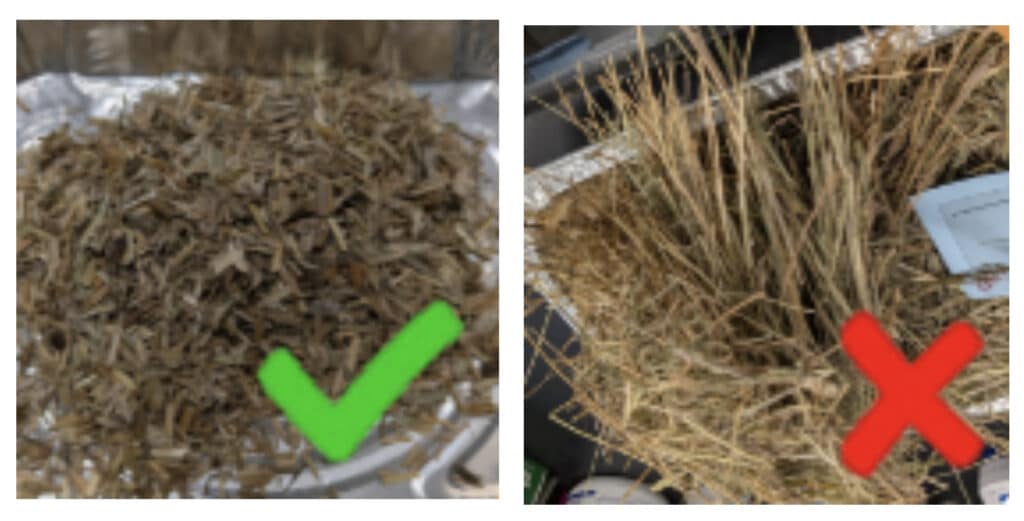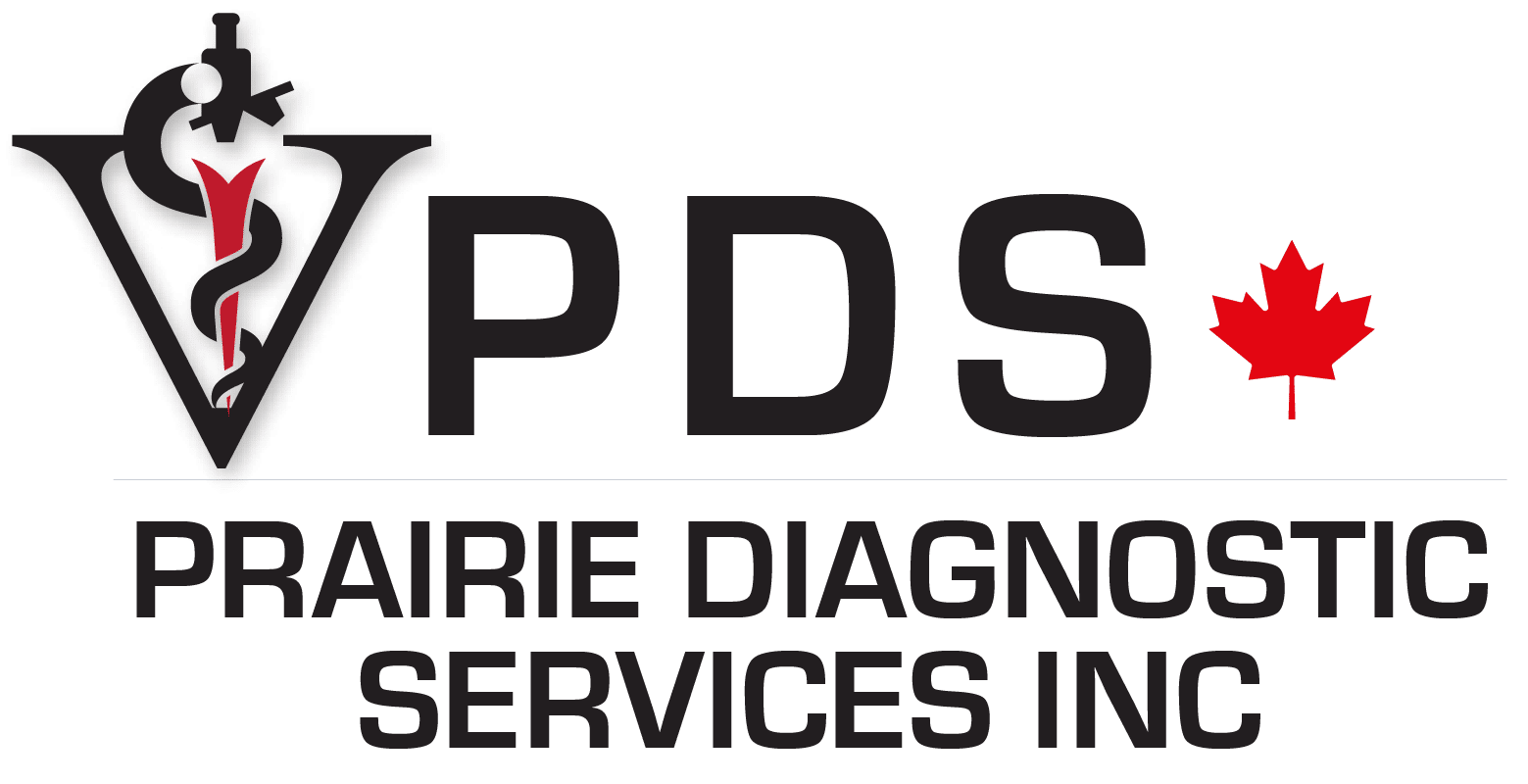Quick Links to Submission Forms
NIRS – Feed and Forages Nutritional Analysis Submission Form (Fillable)
Mycotoxin Ergot Nitrate Toxin Submission Form
NIRS Feed and Forages Nutritional Testing
PDS is pleased to announce the addition of Feed and Forage Nutritional Analysis to our suite of analytical testing at PDS. The Near Infrared Spectroscopy (NIR) machine embodies the latest advancements in feed and forage testing, to provide precision, efficiency, and reliability of results. This analysis is designed to deliver rapid, non-destructive and comprehensive analysis insights into many critical parameters such as protein, fiber, moisture, energy content and more.
Robust calibration technology, built on an extensive global animal feedstuff database, in collaboration with Rock River Laboratory, Inc., ensures consistent results across diverse feed sample types. This innovation enables farmers, feed producers, and nutritionists to make more informed decisions, optimize feed formulations, and ultimately enhance livestock productivity.
NIR must be requested at time the sample is received. NIR add-on testing is not possible as we are unable to obtain the ‘moisture content’ parameter which is critical for the NIR analysis.
NIRS Sample Type Description for Testing
Click to expand
Hay
Hay is forage that has been cut and naturally dried in the field before baling. It is commonly used for feeding livestock and should be relatively dry to prevent spoilage.
Dry Hay
Dry hay refers to fully cured and well-dried hay, often stored for longer periods. It typically contains less than 15% moisture (estimate) and is more stable for storage.
Silage
Silage is forage that has been chopped and fermented in anaerobic conditions, usually in silos or plastic bags. It retains higher moisture (around 60–70%) and is preserved through fermentation.
Haylage
Haylage is partially dried forage (around 40–60% moisture) that is baled and wrapped in plastic to ferment. It sits between hay and silage in terms of moisture and fermentation.
Greenfeed / Fresh Cut
Greenfeed is freshly cut, unfermented forage that may be used directly or dried into hay. It typically has high moisture content and is sampled shortly after cutting.
Grains
Clean, harvested cereal grains used in livestock rations. These are typically dry, whole, or ground grains used for energy in animal feed.
Total Mixed Ration (TMR)
A TMR is a blended mix of forages, grains, vitamins, and supplements, designed to provide a complete diet to livestock. It’s sampled as fed to the animals.
Dried Distillers Grains (DDGs)
A high-protein byproduct of grain fermentation, usually from ethanol production. DDGs are dry and granular, often used as a protein source in feed.
If you’re unsure which category best fits your sample, please contact PDS at pds_tox@usask.ca and include a brief description along with your submission — we’re happy to help!
NIRS Feed and Forages Nutritional Factors
Click to expand
The results of the report are specific to the samples provided and analyzed at the time of testing. These results are released based on acceptable QC data. These values are subject to inherent variability due to nature of analysis. The report is intended solely for the recipient and may not be reproduced or published without prior written consent from the PDS. Unauthorized use is prohibited, and PDS disclaims responsibility for any such actions.
Dry Matter (DM)
- Dry Matter (DM): Percentage of feed remaining after water removal, crucial for nutrient comparison.
- Dry Matter Basis: Adjusts nutrient values to a dry matter basis to provide consistency in nutrient comparison.
Protein and Amino Acids
- Crude Protein (CP): Total protein content in the feed, crucial for growth and maintenance.Total Amino Acid: Sum of all amino acids, indicating the protein quality.
- Lysine, Methionine, Histidine (%CP): Specific amino acids important for various functions.
- Soluble Protein (%CP): Portion of protein that is easily digested.
Available Crude Protein: Portion of protein that is readily available for absorption. - ADICP, NDICP (%CP): Measurements of protein bound to fiber, which is less digestible.
Fiber and Carbohydrates
- ADF (Acid Detergent Fiber): Represents cellulose and lignin, indicating feed digestibility.NDF (Neutral Detergent Fiber): Includes hemicellulose, cellulose, and lignin, indicating bulk and intake potential.
- NDF Digestibility (NDFD): Measurement of fiber’s digestibility over various time frames.
- uNDF (Undigested NDF): Portion of NDF that remains undigested after specific time intervals.
- Sugar (ESC, WSC): Simple carbohydrates providing quick energy.
- Starch: Complex carbohydrate providing sustained energy.
Fat and Fatty Acids
- Fat (EE): Ether extract, total fat content.Total Fatty Acid: Sum of all fatty acids present.
- Specific Fatty Acids (%FA): Includes Myristic, Palmitic, Stearic, Oleic, Linoleic, and Linolenic acids, each with unique roles in metabolism.
Minerals
- Calcium, Phosphorus, Magnesium, Potassium, Sulfur: Essential minerals for bone health, metabolism, and overall physiological functions.
Ash and Fermentation
- Ash: Total mineral content.Lignin: A type of fiber that is highly indigestible.Fermentation Products: Includes Lactic Acid, Acetic Acid, Butyric Acid, indicating the fermentation quality.
- Ammonia-N (%CP): Indicates protein breakdown during fermentation.
pH: Measures the acidity or alkalinity, important for fermentation quality.
Energy Values
- TDN (Total Digestible Nutrients): Represents the energy content.NEL, NEG, NEM: Net energy values for lactation, growth, and maintenance, respectively.
- RFQ (Relative Forage Quality), RFV (Relative Feed Value): Indexes to assess overall feed quality and intake potential.
- *Please Note: Factors specific to the feed type are included in this report. Not all factors will be relevant to every feed type.
Note: Nitrate results cannot be directly obtained through NIR predictions. However, the system is designed to flag samples with potential nitrate contamination. Clients may see one of the following messages on their report:
“Possible Nitrate-N detected; consider wet chemistry analysis” (estimated >1000 ppm) or “Likely Nitrate-N detected; wet chemistry advised” (estimated >2000 ppm). This notification prompts clients to consider submitting the sample for wet chemical analysis to obtain a quantitative nitrate result.
Sample Sizing
Full Medium or ½ Large Ziploc Bag Ziploc bag

Ensure samples are chopped before submitting.

Un-chopped samples increase processing times and additional fees will apply
For any questions or additional information regarding NIRS Feed and Forages Nutritional Analysis Report, please contact PDS at pds_tox@usask.ca.
